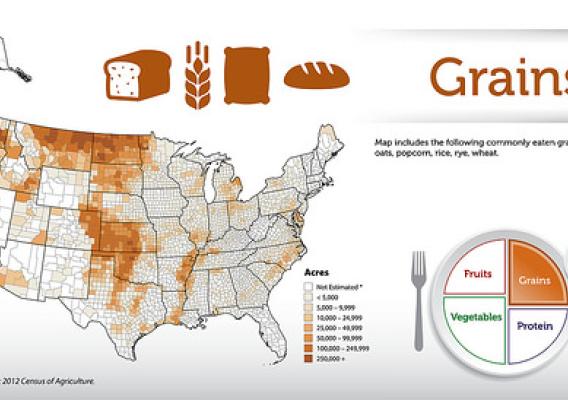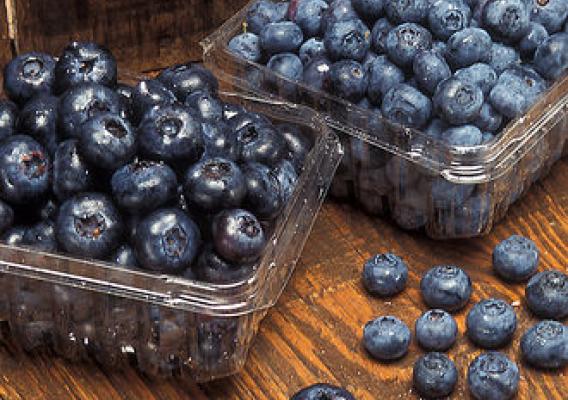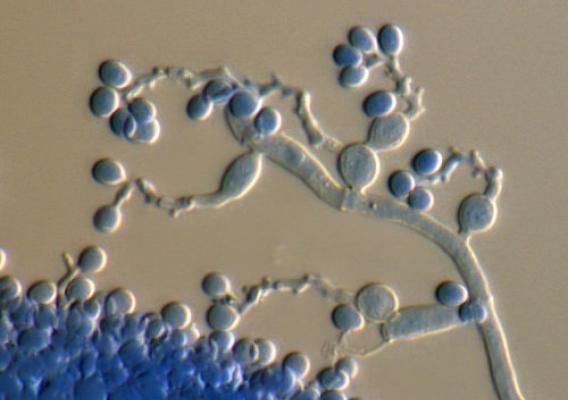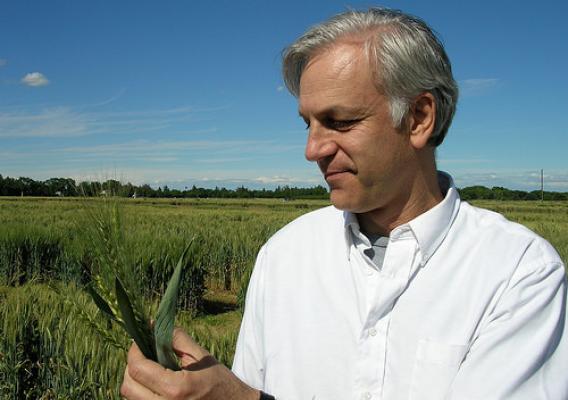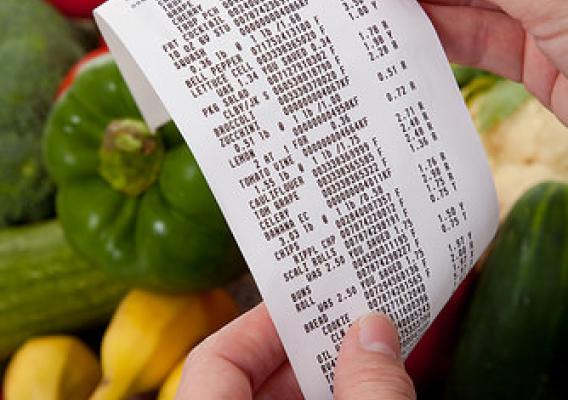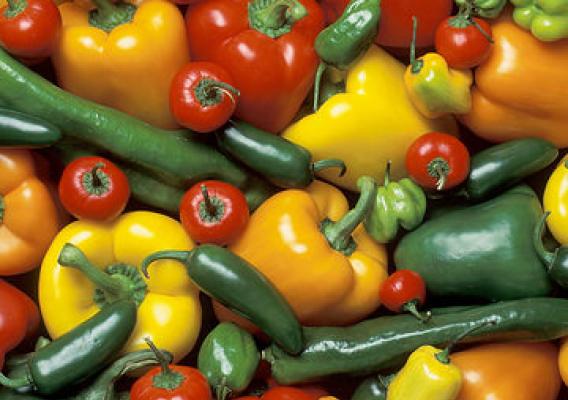This post is part of the Science Tuesday feature series on the USDA blog. Check back each week as we showcase stories and news from the USDA’s rich science and research portfolio.
The idea that around 80 percent of human DNA is “junk” DNA with no real purpose never sat well with scientists. So in 2003, researchers funded by the U.S. National Institutes of Health started working on a project called ENCODE, which was designed to study the role of non-coding “junk” DNA in genetic expression and to define basic functional units in the human genome.
USDA’s Agricultural Research Service (ARS) scientists are spearheading a parallel project called AgENCODE, which takes a similar approach to exploring the mechanics of DNA regulation in key livestock species. “We can identify 70 to 90 percent (or more) of the DNA coding elements in animal genomes, but we don’t know much at all about the non-coding elements,” says ARS National Program Leader Jeffrey Silverstein, who is helping to organize the AgENCODE effort. “We think many of these non-coding segments regulate gene activity, and we need to understand how these segments affect the expression of an animal’s physical traits, which is very important in breeding.”

